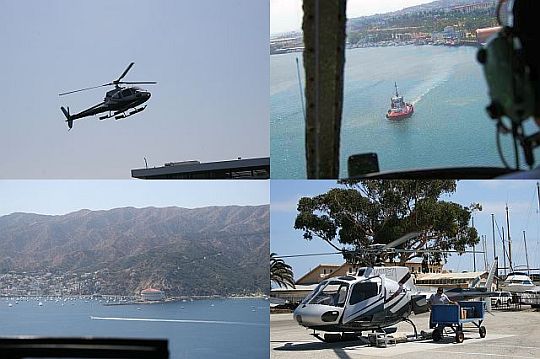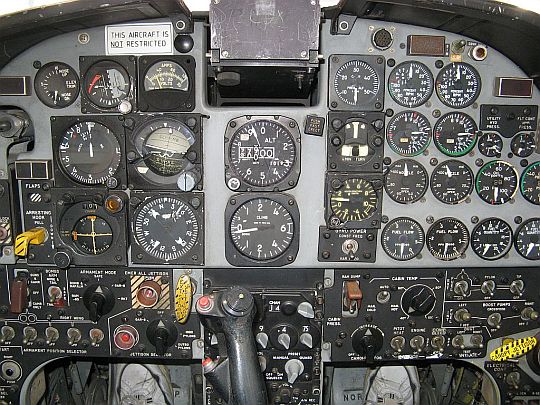 This past weekend, we celebrated Armed Forces Day by visiting some of our military folks who brought some static displays and military equipment to show off to the public. The Army brought this UH-60 Blackhawk for all to sit in, touch, photograph and just plain gawk.
This past weekend, we celebrated Armed Forces Day by visiting some of our military folks who brought some static displays and military equipment to show off to the public. The Army brought this UH-60 Blackhawk for all to sit in, touch, photograph and just plain gawk.
While I gawked, I remembered something that a 70’s news anchor, Harry Reasoner, said when he compared airplane and helicopter pilots with the following statements:
The thing is, helicopters are different from planes. An airplane by its nature wants to fly, and if not interfered with too strongly by unusual events or by a deliberately incompetent pilot, it will fly.
A helicopter does not want to fly. It is maintained in the air by a variety of forces and controls working in opposition to each other, and if there is any disturbance in this delicate balance the helicopter stops flying, immediately and disastrously. There is no such thing as a gliding helicopter.
That is why being a helicopter pilot is so different from being an airplane pilot, and why, in generality, airplane pilots are open, clear-eyed, buoyant extroverts and helicopter pilots are brooders, introspective anticipators of trouble. They know if something bad has not happened, it is about to.
– – Commentary by Harry Reasoner, February 16, 1971
As you may or may not know, I am a pilot – I’m rated in both airplanes and helicopters. While I agree with Mr. Reasoner’s basic corollary, I can see that it only applies to a pilot while flying a particular aircraft type.
For example, while flying airplanes under visual conditions, I do a little drill by identifying potential emergency landing sites around the airplane – an alert, but mostly casual drill. But, when piloting a helicopter, I find myself making slight course changes in order to be in a position to autorotate to a landing site. Sort of like a stepping-stone approach to navigation. It’s a bit more intense then the airplane drill.
When not flying, I like to think that I can be as extroverted or introspective as conditions warrant.







